How many times have you bought a $10 shirt because it looked cute but you only wore it once? How many items in your closet still have tags on them or you’ve never worn it? How many items have you worn a few times only for it to go “out of fashion” as quickly as it came. Unfortunately, like many of us, you’ve fallen into the trap of fast fashion.
What is Fast Fashion?
To understand sustainable fashion, I think you first need to understand what fast fashion is. Fast fashion is a term used to describe designs that move from the catwalk to the rack very quickly to capture current fashion trends. These trends are designed and manufactured quickly and inexpensively to allow the consumer to buy current clothing styles at a lower price. The problem with fast fashion is it is also disposable fashion because it is delivering designer products to a mass market at relatively low prices. Consumers are constantly going out and buying the next “in” item and it has turned into a huge problem. Fast fashion contributes to pollution, poor working conditions and shoddy workmanship.

Why is it Destructive?
As I mentioned above, there are many negative things that fast fashion contributes to including environmental problems and human rights. On April 24, 2013, over 1,100 garment workers were tragically killed at the Rana Plaza in Bangladesh. Over 2,200 more were injured. This incident, even though it wasn’t the first or the last, got the world’s attention. Consumers started asking questions about who makes our clothes and how are our clothes made. I first found out about the Rana Plaza tragedy and fast fashion from the documentary, The True Cost.
Human Rights Issues
How often do you think about the person making your clothing when you’re at the store shopping? A year ago, I know I never would have. I would have bought the $20 shirt, worn it once and forgotten about it and never thought about the person making it. It’s easy to disconnect when we aren’t aware of what is going on. Today, 97% of our clothing is made overseas. There are approximately 40 million garment workers in the world – and if the Rana Plaza incident is any indication – these workers do not share the same rights and protections that Westerners are accustomed to.
Garment workers are some of the lowest paid workers in the world with roughly 85% being women.
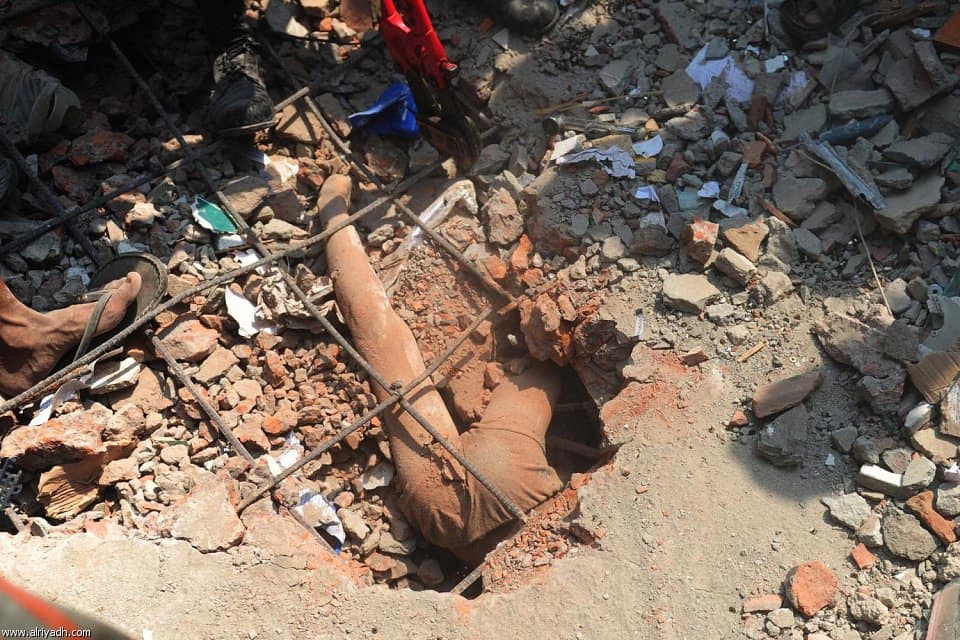
Environmental Issues
Consumers have started changing the cars they buy, the lightbulbs they use, the food they eat but only recently, have they started looking at the clothes they are buying and wearing.
According to a 2013 report, The fashion industry produced 150 billion garments in 2010 – this is enough to provide 20 new articles of clothing for every person on the planet. And, that was in 2010. Fashion is the second most polluting industry on Earth – mostly due to fast fashion and disposable fashion.
According to the Environmental Protection Agency, 15.1 million tons of textile waste was generated in 2013, of which 12.8 million tons were discarded. Almost the exact amount of textile was thrown away as was created. That is a big problem because where does it go? In the past, we used to hold onto clothing for a lot longer but with more and more cheap clothing available, we see clothing as something we can easily dispose of without a question. One of the most popular ways we have decided to get rid of our excess clothing is by donating our unwanted items (items we may have never even worn) to developing nations which is another issue entirely.
The amount of clothing that is being produced and disposed of is only one of the issues. The other issue are the materials.
Polyester is a synthetic fabric made from plastic most commonly from crude oil – the same kind that is used to make soda bottles. Natural fibers are, of course, the best form of material but the industry simply can’t keep up with the demand. That is where the polyester comes in – however, polyester requires a high amount of energy and thus causes high emissions. The fashion industry is responsible for 10% of all carbon pollution. It takes 200 years for polyester to break down. 200 years.
Leather production is also a major problem. As a vegan, it is something I’m against ethically which is a whole other conversation. However, leather production is also linked to environmental and human health issues. Just as in consuming animal for food, the amount of feed, land, water and fossil fuels used to raise livestock costs a great amount of resources. Additionally, the process that it takes to tan leather is extremely toxic and exposes workers to harmful chemicals and pollutes natural water sources.
Cotton in itself isn’t bad but 90% of the cotton used today is genetically modified which is bad. Genetically modified cotton uses a large amount of water and chemicals and is responsible for 18% of pesticides and 25% of insecticide use in the world. This is horrible for the environment but it is also bad for humans. We are wearing clothing that is practically soaked in chemicals.
Here is some more good information on the environmental aspects of fast fashion.
What is Sustainable Fashion?
Following the Rana Plaza incident, ‘slow fashion’ brands have started to emerge completely dedicated to ethical and sustainable practices. These companies have missions to approach fashion in an ethical way that keeps the people and the planet at the utmost priority.
Slow fashion ensures quality manufacturing so that the garment has a longer shelf life. Also, by developing a garment with a cultural and/or emotional connection, consumers are more likely to keep an article of clothing longer because they feel connected to it. Slow fashion companies should also focus on keeping their carbon footprint as small as possible as well as being transparent in their policies.
How can You Help?
- Only buy organic threads
- Shop local
- Wear your clothes longer
- Utilize a capsule wardrobe
- Shop at thrift stores
- Wash and dry clothes less
Why Should Travelers Care about Sustainable Fashion?
You may be wondering why would you care about something like this? The more I travel, the more I found myself learning new things and evolving into a better person (or at least I hope so!) and the more I find things I never would have thought of. There are three main reasons you, as a traveler, should care about sustainable fashion.
- It’s better for the planet | travelers usually worry about their carbon footprint but what if I told you that you could reduce your footprint more by what you wear than by transportation?
- It’s better for people | purchasing from a sustainable company typically means they care about their employees – something we should all care about.
- It lasts longer | as travelers, we want our clothes to last longer and be of higher quality. You simply won’t get that with fast fashion.
SUstainable Fashion Brands to Check OUt
Cement6
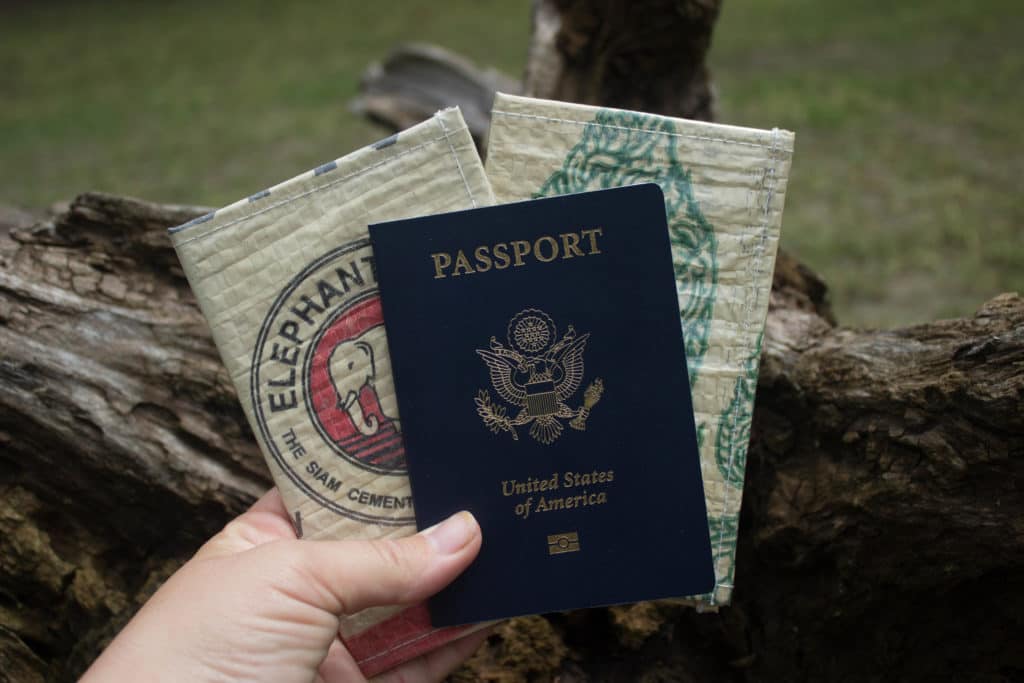
Aside from learning about this industry and watching The True Cost, I was inspired to write this post after meeting the co-owner, Susannah, of CEMENT6. Along with Jeremy, Susannah came up with the idea of CEMENT6 after meeting and realizing their love of serving others, traveling and nonconformity were the same. After traveling in Southeast Asia and Cambodia specifically, the idea of a sustainable product was brought to fruition. CEMENT6’s mission is perfect and simple:
to break the chain of fast fashion by creating a sustainable, quality product – coupled with the desire to serve our local and international communities.
CEMENT6 works directly with artisans in Cambodia to design and create one of a kind products. They stand by a model called GIVE6.
- SUSTAINABILITY | each product is handcrafted from discarded cement, feed and grain bags found on the streets of Cambodia.
- AUSTRALIAN AID 4 CAMBODIA | this organization partners with CEMENT6 and helps the poor with basic necessities. they provide supplementary and technical education for students in the village of Pgnea Chey.
- STEPPING OUT | a transitional home in Siem Reap which provides safe accommodation for youths when they leave the orphanage. this is especially helpful as young adults are vulnerable to human traffickers.
- KHMER LIFE | a group of individuals living in Chamkar Morn District where there are many victims of landmines and polio disabilities.
- ANGKOR RECYCLED | villagers are hired who did not have any source of income and relied on what they could self produce. CEMENT6 works directly with her team to create quality products that employs over 40 men and women in Phnom Penh thus providing employment opportunities outside the substandard garment industry.
- VETERAN ENTREPRENEURIAL SCHOLARSHIP | CEMENT6 is veteran owned and operated with Jeremey having served two combat tours and Susannah having flown with the Air Force AWACS. CEMENT6 is working to form an annual scholarship to one veteran per year.
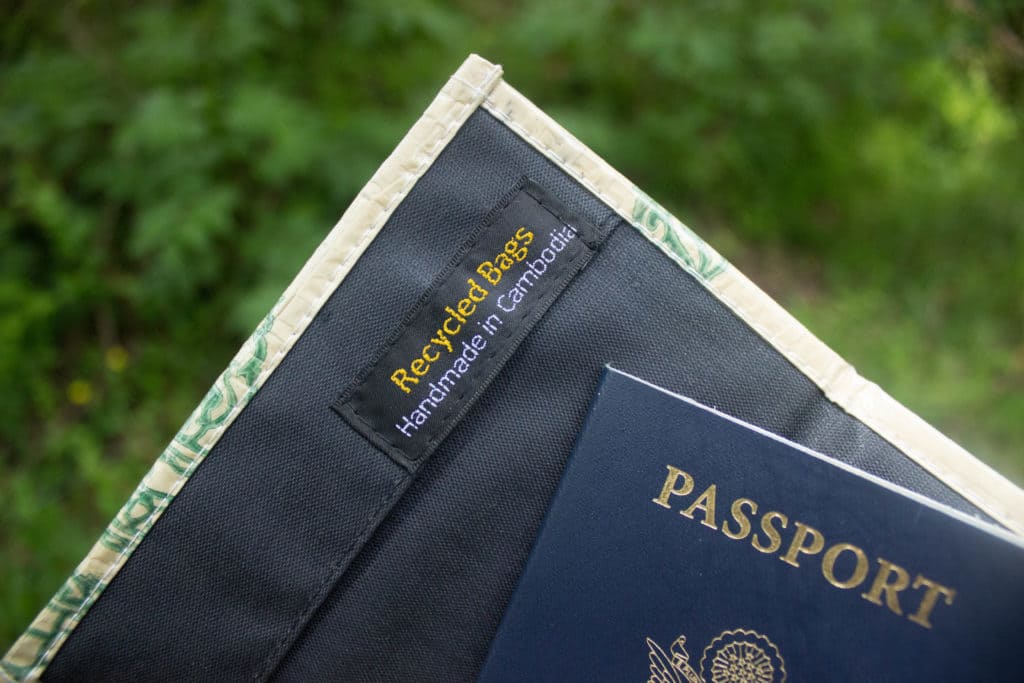
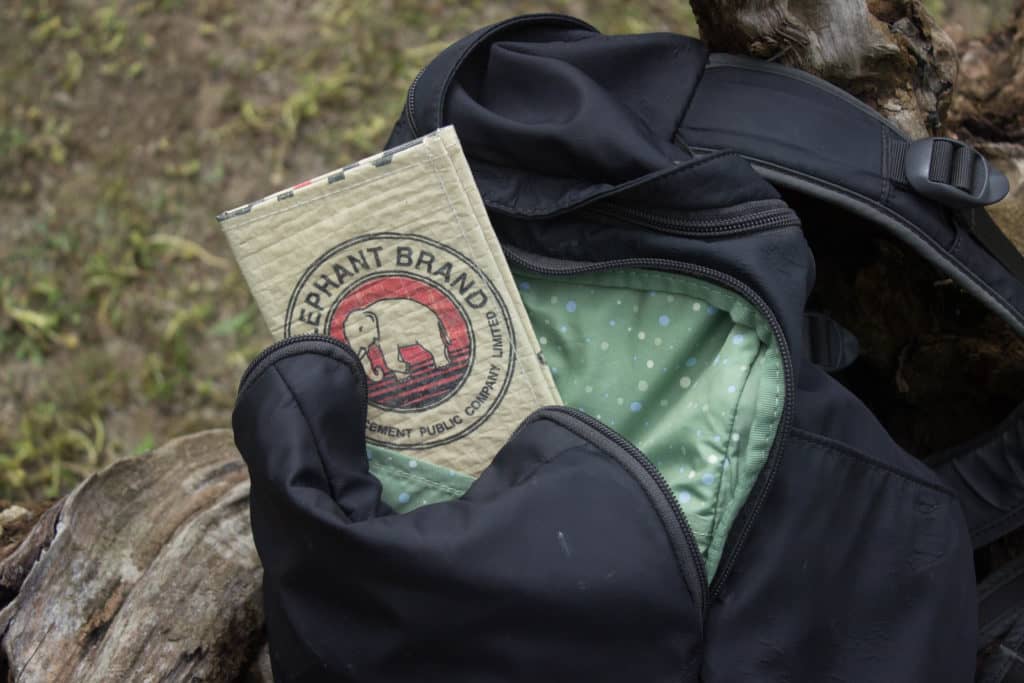
Is Sustainable Fashion important to you? How do you combat fast fashion?
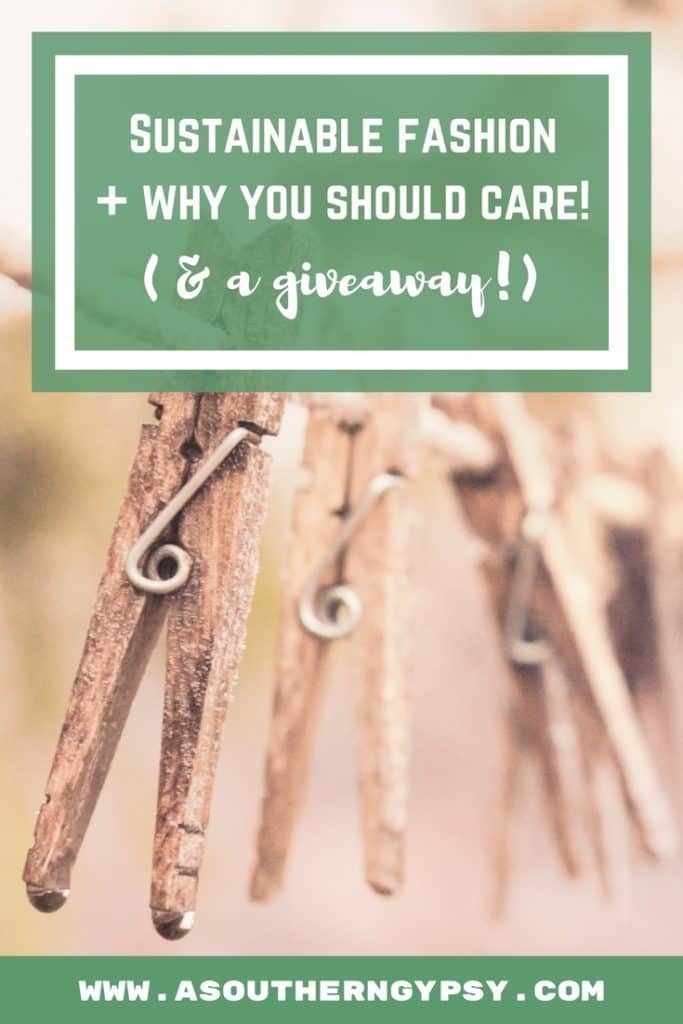
PHOTO CREDS | RANA PLAZA
99e88e86dc3b7858404fdfaade1248b59a49b238e07eaea521
- 9 Weird Things To Do In Dublin, Ireland - April 13, 2024
- 14 Weird Things To Do In Indianapolis, Indiana - April 13, 2024
- Saudi Sands: Discovering Arabia’s Cultural Tapestry - April 1, 2024





Wow, I had never thought of “fast fashion vs slow fashion” before, but it totally makes sense. I hear a lot about food waste but almost nothing about fashion waste. Thank you for bringing this issue to my attention, this will definitely change my shopping habits going forward. Plus I’ll save money too, so win-win! Awesome post!